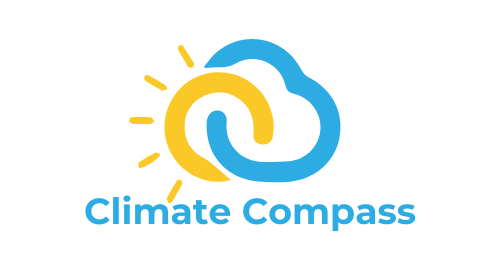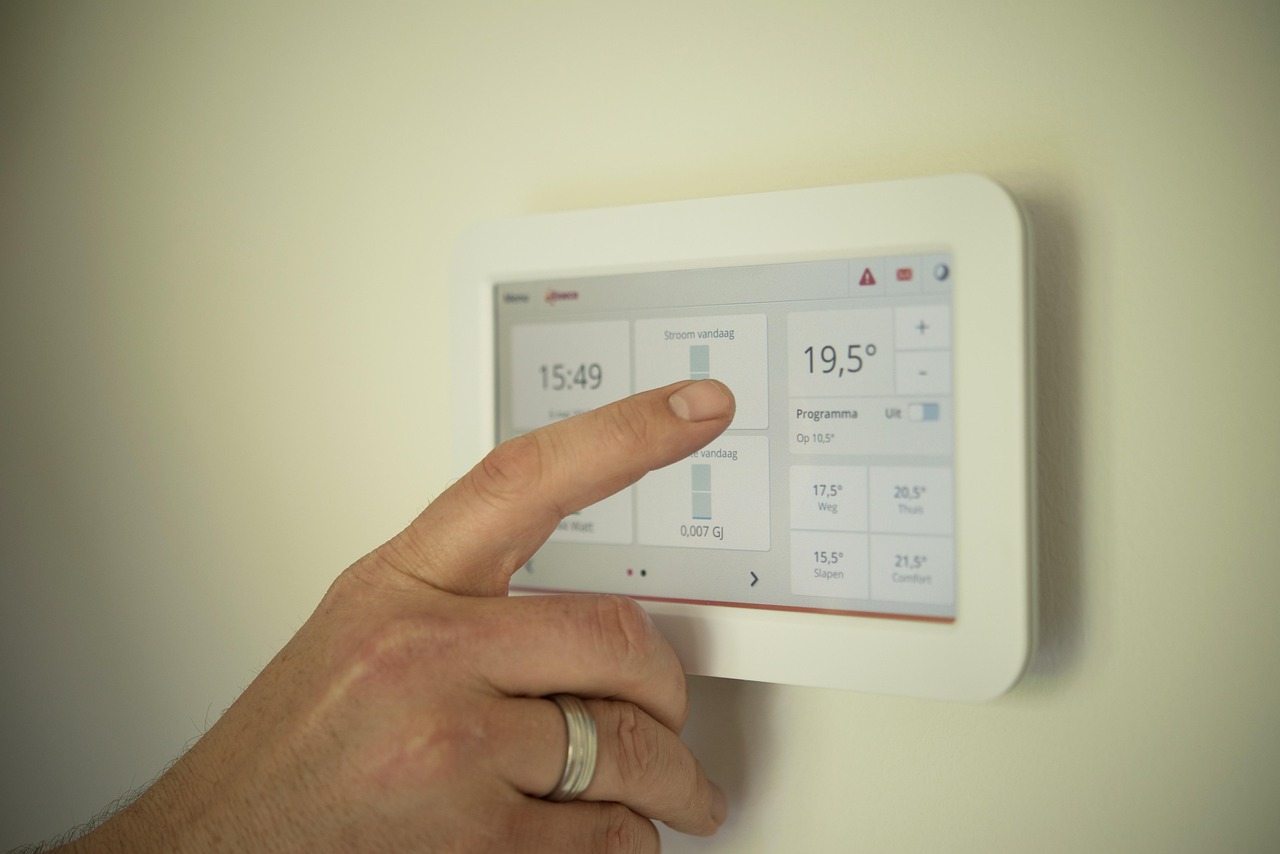- What Earth’s Magnetic Field Has to Do With Climate History - October 7, 2025
- The Science Behind Heat Domes and Their Growing Impact - October 7, 2025
- What Ancient Lake Beds Teach Us About Past Rainfall Patterns - October 6, 2025
Installing Smart Thermostats Without Understanding Zone Control
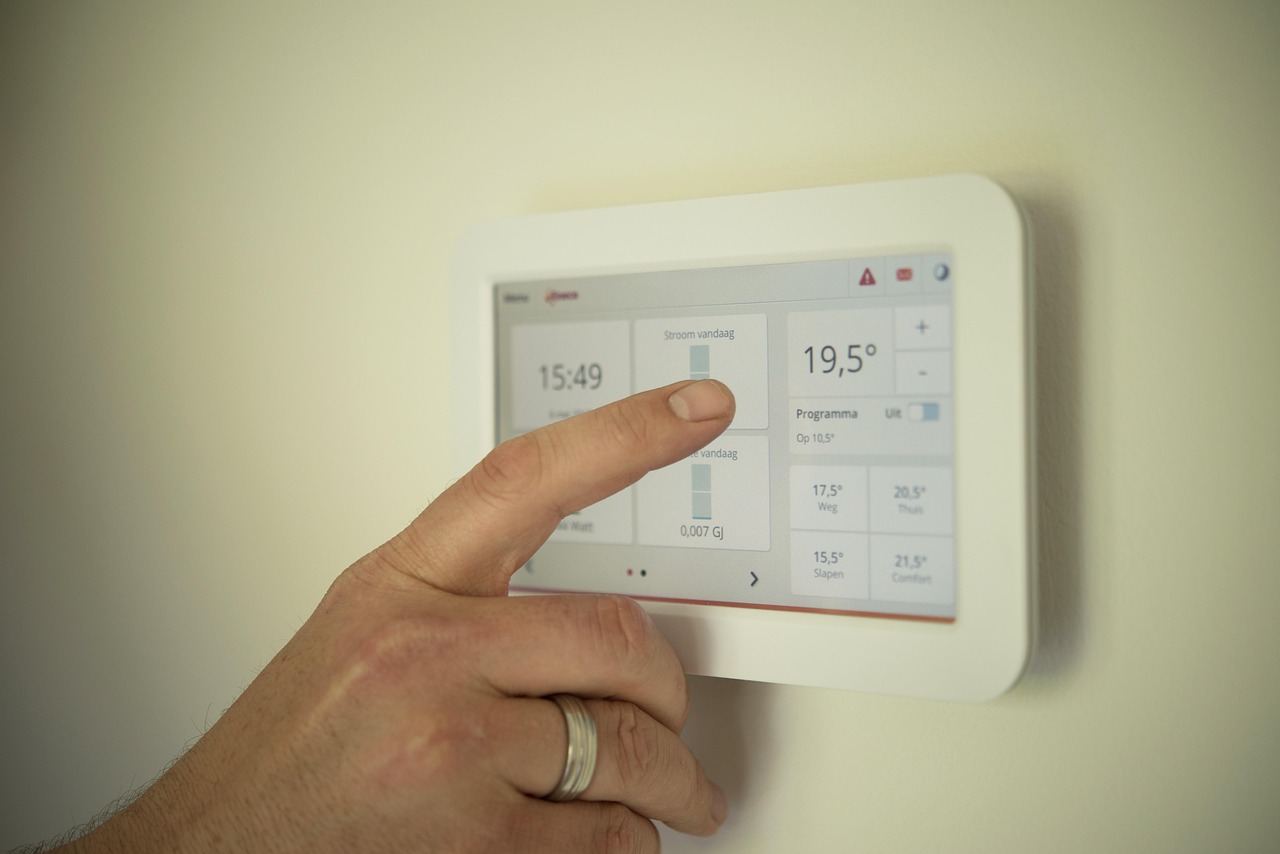
Smart thermostats have become the poster child of energy efficiency, but many homeowners are shocked to discover their bills climbing after installation. According to the Energy Information Administration’s 2024 residential energy consumption survey, 23% of households with newly installed smart thermostats reported higher electricity costs in their first year.
The problem lies in how these devices learn your patterns. Smart thermostats often default to maintaining comfort levels throughout the entire home, even when you’re only using specific rooms. This means your HVAC system works harder to heat or cool spaces that previously went unregulated.
A study from Lawrence Berkeley National Laboratory found that homes without proper zone control systems saw average increases of 15-18% in energy consumption after smart thermostat installation. The devices’ “learning” algorithms can misinterpret occupancy patterns, leading to unnecessary heating and cooling cycles.
Switching to LED Lights in Cold Climates

The LED revolution has swept through American homes, but residents in northern states are discovering an unexpected consequence. Traditional incandescent bulbs generate significant heat as a byproduct, which actually contributed to home heating during winter months.
Research from the University of Minnesota’s Cold Climate Housing Program shows that homes in zones 6-8 (including Minnesota, Wisconsin, and northern Maine) can see winter heating costs increase by 8-12% after complete LED conversion. The National Weather Service reported that the winter of 2024-2025 was particularly harsh in these regions, amplifying this effect.
While LEDs consume 75% less electricity than incandescent bulbs, the loss of “waste” heat means your furnace or heat pump must work harder. For homes using electric heating systems, this trade-off can result in net increases to monthly bills during the coldest months.
Upgrading to High-Efficiency HVAC Systems Without Proper Sizing
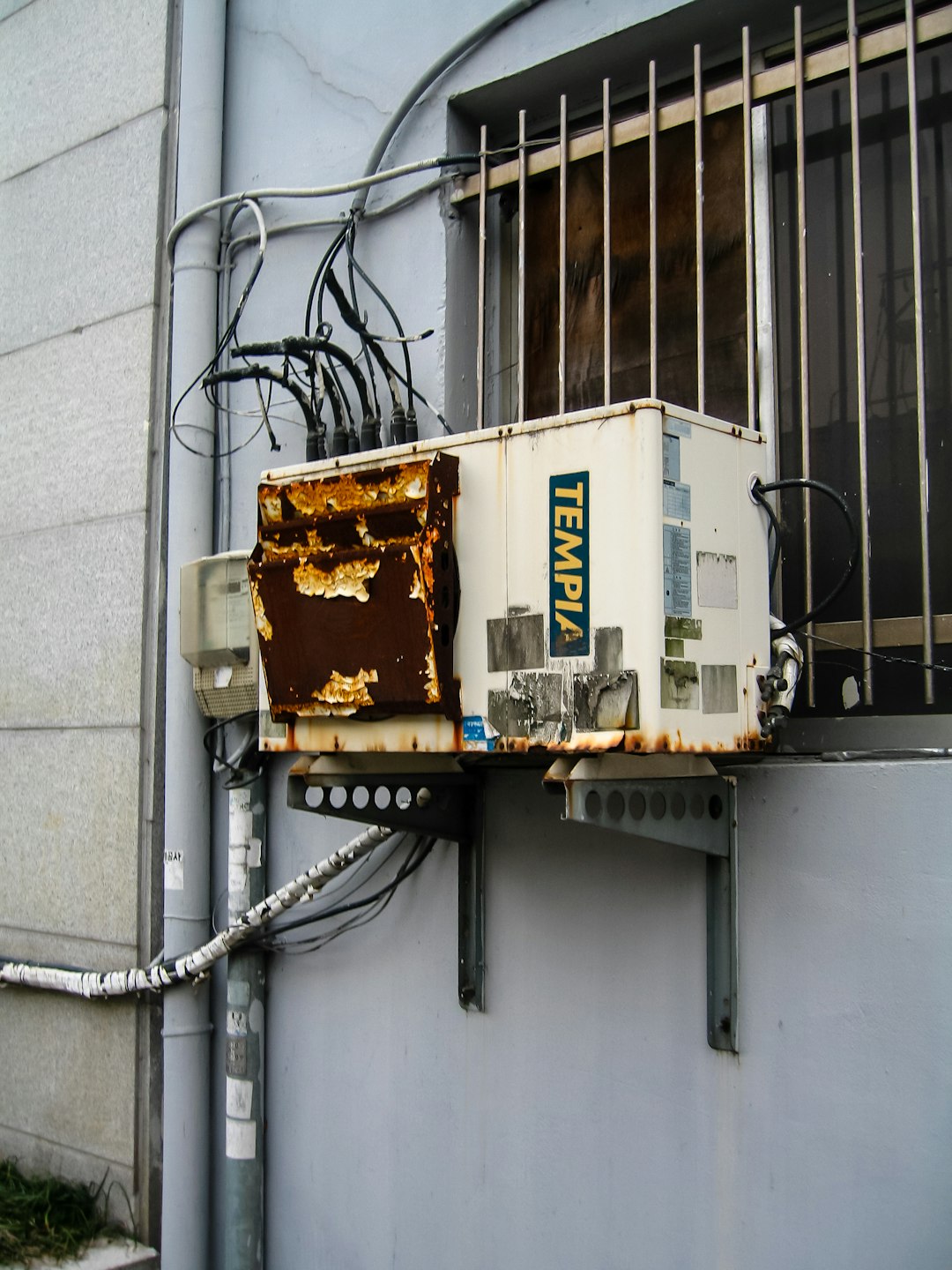
The push toward high-efficiency HVAC systems has led many homeowners to purchase oversized units, believing bigger equals better savings. However, the Air Conditioning Contractors of America’s 2024 efficiency report revealed that 67% of newly installed high-efficiency systems are improperly sized for their homes.
Oversized HVAC systems cycle on and off more frequently, a phenomenon called “short cycling.” This constant starting and stopping consumes more energy than steady operation. The Department of Energy’s residential building research division found that oversized systems can increase energy consumption by 20-30% compared to properly sized standard-efficiency units.
Modern high-efficiency systems are designed to run longer cycles at lower speeds, but when oversized, they reach the desired temperature too quickly and shut off before achieving optimal efficiency. This defeats the purpose of variable-speed technology that these premium systems advertise.
Installing Solar Panels Without Net Metering Understanding
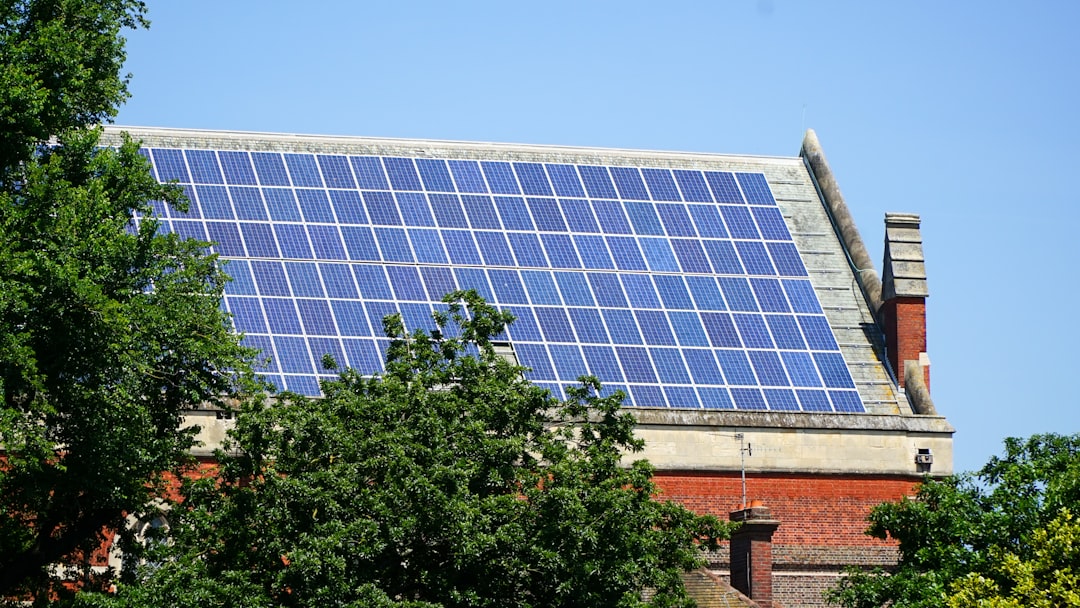
Solar panel adoption reached record highs in 2024, with over 3.2 million American homes now sporting rooftop arrays. However, changes to net metering policies in several states have created unexpected billing scenarios for new solar customers.
California’s NEM 3.0 policy, implemented in 2024, reduced the credit rate for excess solar power by approximately 75% compared to previous programs. The California Public Utilities Commission reported that homeowners installing solar after April 2024 are seeing 40-60% lower bill offsets than projected by solar companies.
Time-of-use rates further complicate solar savings. Peak electricity rates now occur after sunset in many markets, when solar panels produce no power. Arizona Public Service and Nevada Energy both restructured their rate schedules in 2024, creating scenarios where solar customers pay premium rates during their highest consumption periods.
Using Energy-Efficient Appliances During Peak Hours
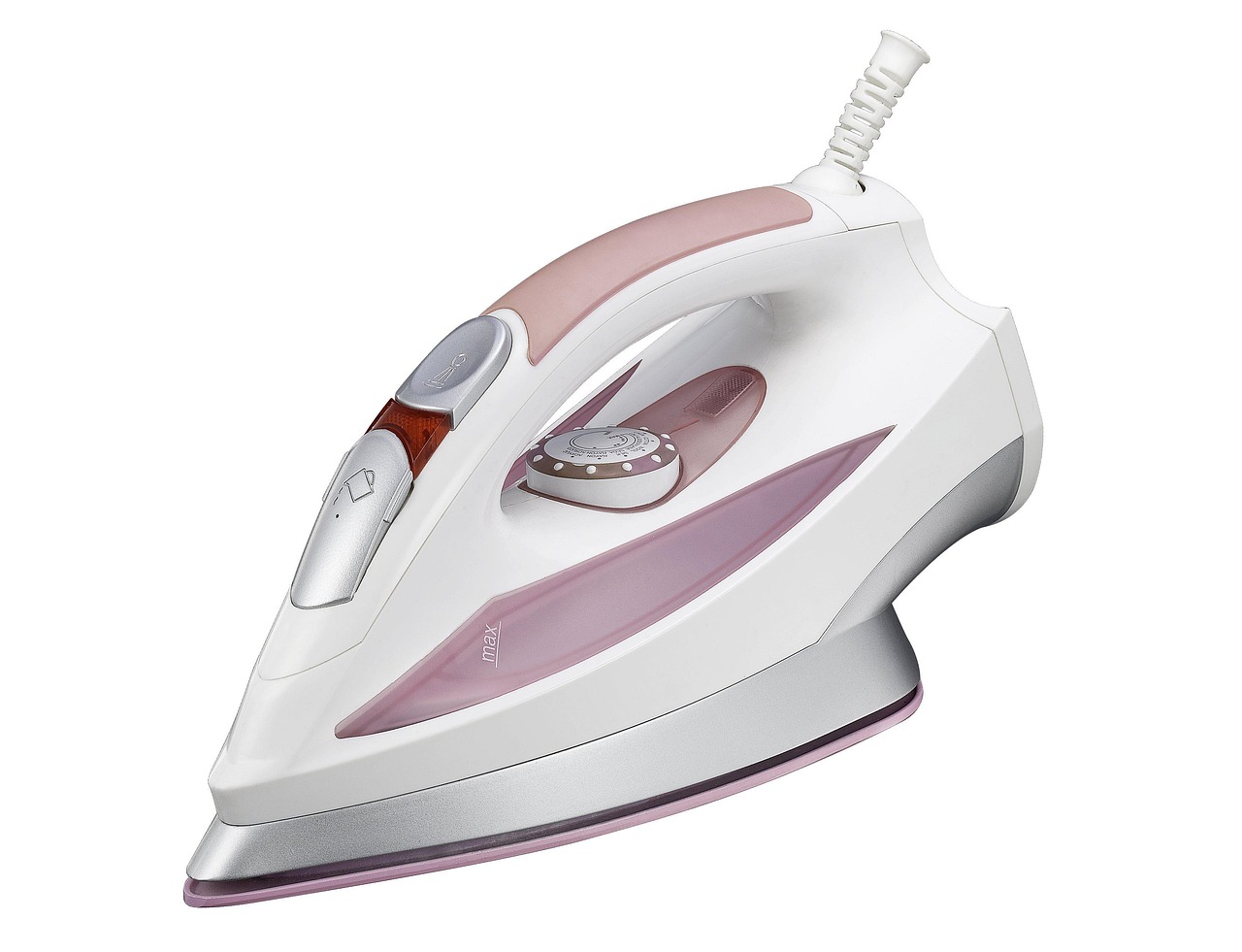
The proliferation of time-of-use electricity rates has caught many energy-conscious consumers off guard. While their new Energy Star appliances consume less power overall, running them during peak hours can result in higher bills despite lower consumption.
Pacific Gas & Electric’s 2024 rate analysis shows that peak-hour electricity costs can be 3-5 times higher than off-peak rates. Homeowners who run their efficient dishwashers, washing machines, and dryers during these peak periods (typically 4 PM to 9 PM) often see bill increases of 25-35%.
The Federal Energy Regulatory Commission reported that 42% of U.S. utilities now offer time-of-use rates, up from 28% in 2023. Many customers aren’t aware they’ve been automatically enrolled in these programs, leading to surprise bills when their energy-efficient routines coincide with expensive rate periods.
Sealing Air Leaks Without Addressing Humidity Control
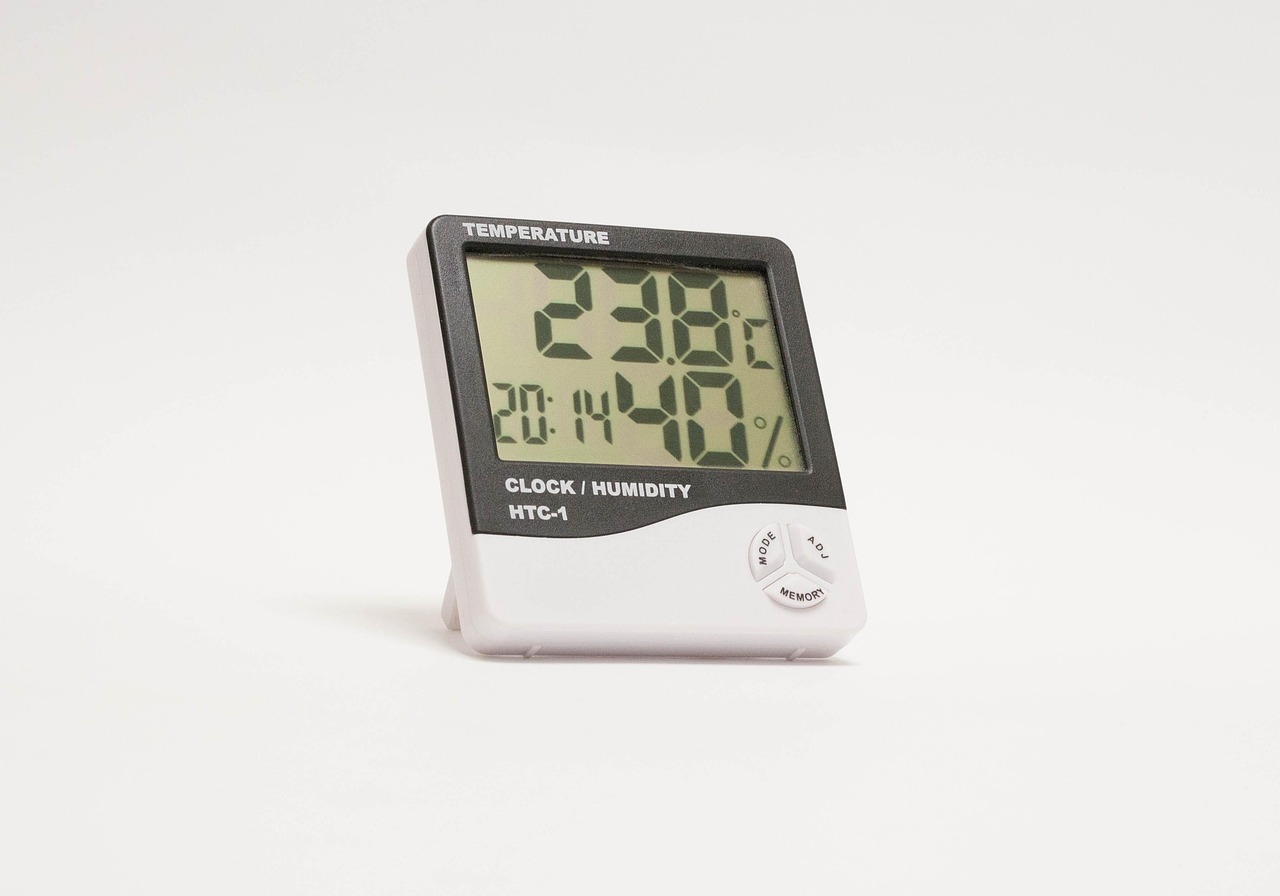
Home weatherization programs promote sealing air leaks as a guaranteed money-saver, but tighter homes can create humidity problems that force HVAC systems to work harder. The Environmental Protection Agency’s indoor air quality studies from 2024 show that over-sealed homes often develop moisture issues requiring additional dehumidification.
When homes become too airtight without proper ventilation, humidity levels can rise above 60%, making occupants feel warmer and prompting them to lower thermostat settings by 3-5 degrees. This increased cooling demand can offset the energy savings from reduced air infiltration.
A building science study from Florida Solar Energy Center found that homes sealed to less than 3 air changes per hour without mechanical ventilation systems saw summer cooling costs increase by 12-18%. The extra humidity also forces air conditioning systems to remove moisture as well as heat, reducing their efficiency.
Upgrading to Energy-Efficient Water Heaters in Large Households
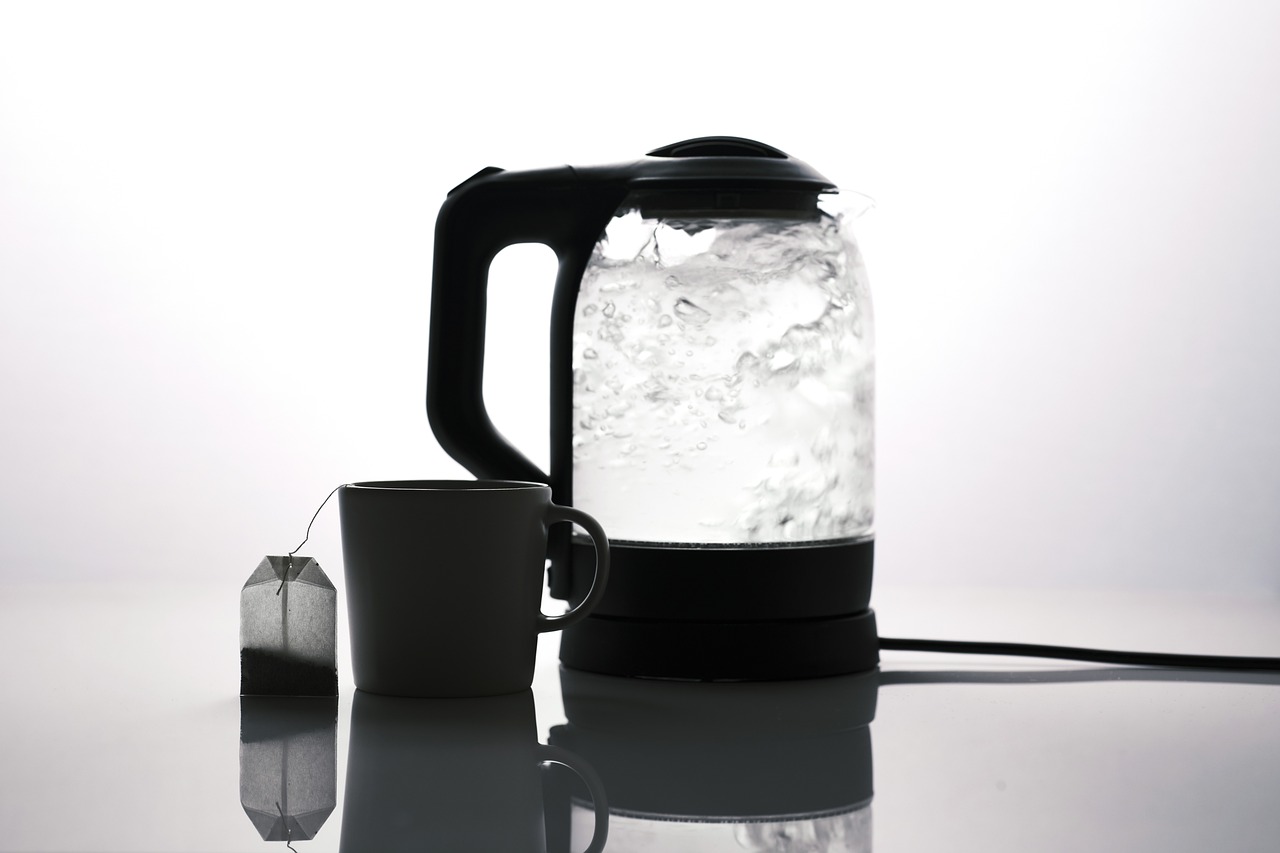
High-efficiency tankless water heaters promise endless hot water with lower energy consumption, but large families are discovering these units can actually increase electricity usage. The Water Heater Innovation Alliance’s 2024 residential study found that households with 4+ occupants often see higher energy bills after tankless installation.
The issue stems from simultaneous hot water demands. When multiple fixtures operate at once, tankless units must fire at maximum capacity, consuming more instantaneous power than traditional tank heaters. Gas-fired tankless units also require electrical power for ignition and controls, adding to overall consumption.
Heat pump water heaters, another “efficient” option, can increase cooling costs in warm climates. These units extract heat from ambient air, effectively air conditioning your utility room or basement. In southern states, this additional cooling load can increase HVAC runtime by 8-15% during summer months.
Installing Programmable Power Strips That Never Turn Off
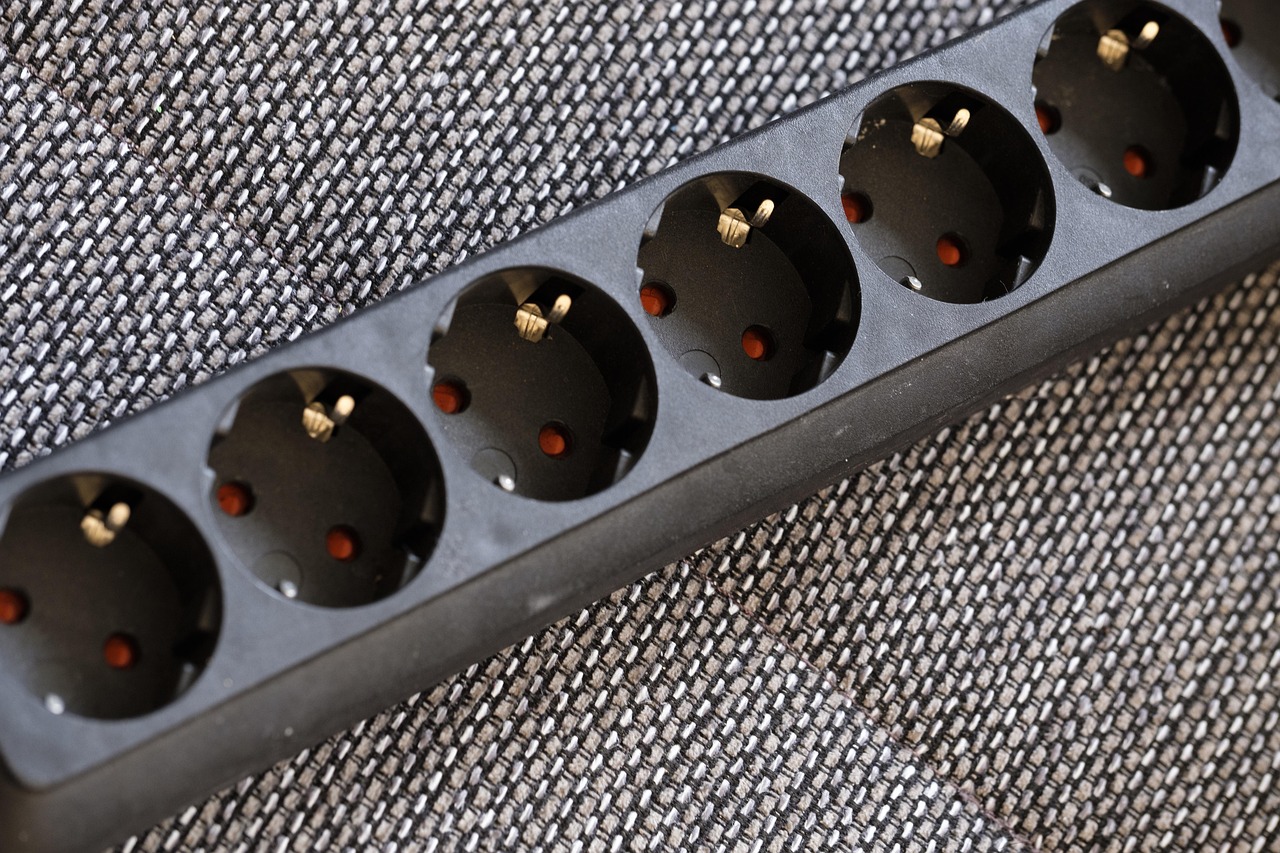
Advanced power strips and smart outlets have become popular tools for eliminating phantom loads, but many models consume more standby power than the devices they’re meant to control. Consumer Reports’ 2024 electronics testing revealed that certain “smart” power strips draw 5-12 watts continuously, even when controlling devices that only draw 2-3 watts in standby mode.
The proliferation of connected devices has created a new category of always-on consumption. WiFi-enabled power strips, surge protectors with USB charging ports, and smart outlets all require constant power to maintain their network connections and sensing capabilities.
Lawrence Berkeley National Laboratory’s standby power research found that homes with 10+ smart power management devices can see baseline electricity consumption increase by 100-150 watts. This constant draw translates to 75-130 kWh per month of additional consumption that many homeowners don’t realize they’re paying for.
Replacing Windows Without Considering Solar Heat Gain
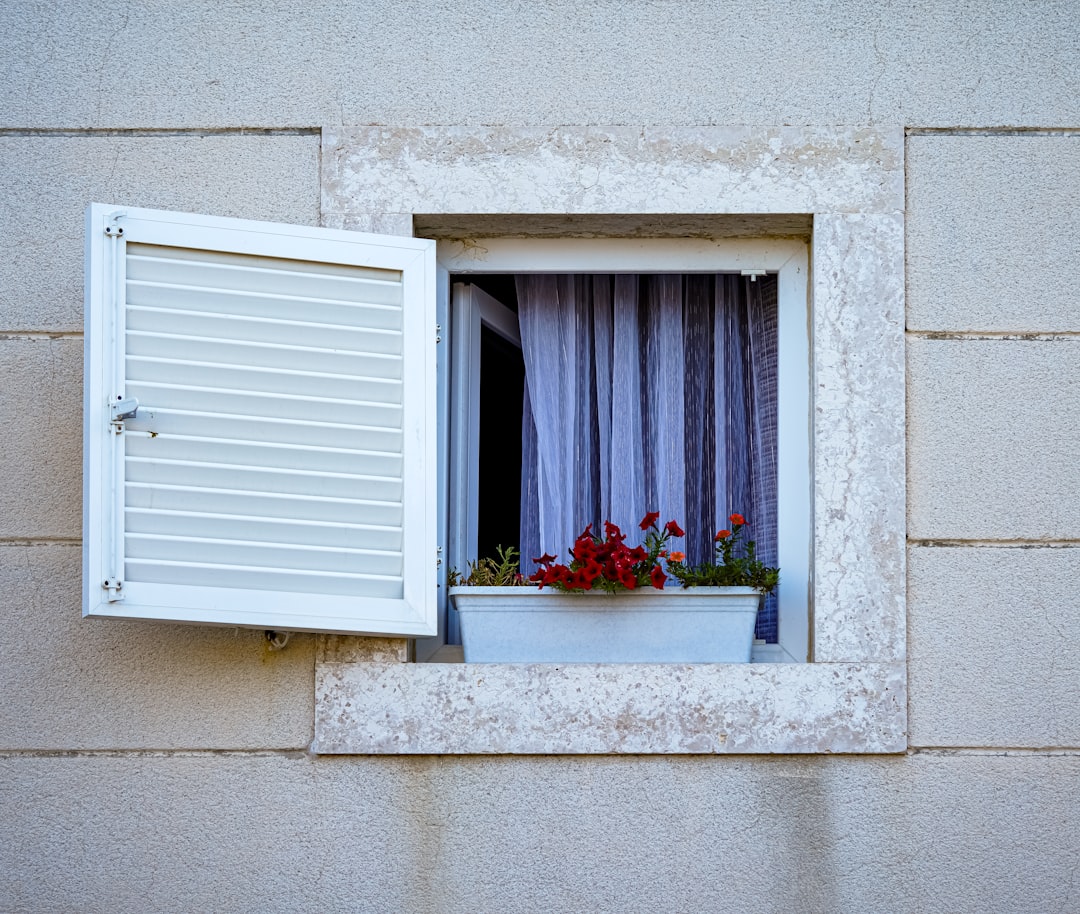
Energy-efficient windows represent a significant investment that doesn’t always pay off as expected. The National Fenestration Rating Council’s 2024 performance data shows that low-E coatings and triple-pane glass can reduce beneficial solar heating in cold climates, increasing winter heating costs.
Windows with very low solar heat gain coefficients (SHGC) block not only unwanted summer heat but also beneficial winter sunshine. Homes in heating-dominated climates that install windows with SHGC ratings below 0.25 often see heating bills increase by 10-20% compared to standard double-pane units.
The fenestration industry’s push toward uniform efficiency ratings has led to inappropriate window specifications for different climate zones. A building performance study from the Cold Climate Housing Research Center found that “high-performance” windows designed for cooling climates actually decreased overall energy performance when installed in Alaska and northern Canada.
Using Smart Home Automation Without Load Management
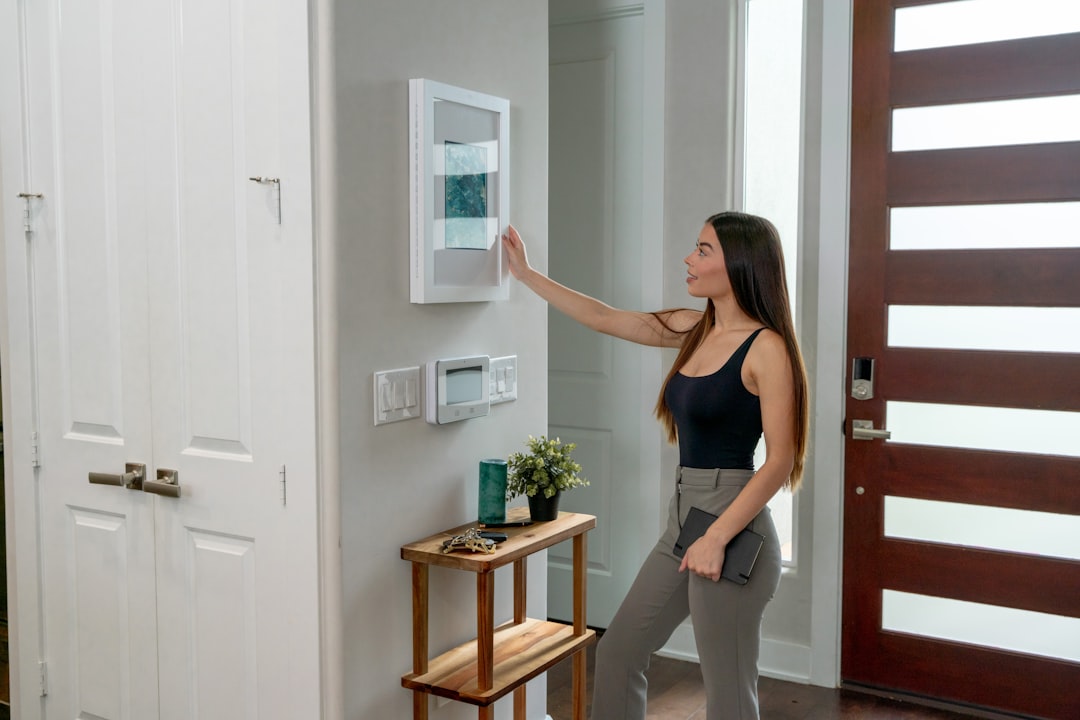
Smart home systems promise optimal energy management, but many implementations actually increase consumption through poor coordination and over-automation. The Consumer Technology Association’s 2024 smart home energy study found that 34% of fully automated homes consume more electricity than comparable conventional homes.
The problem lies in competing automated systems. Smart thermostats, automated window treatments, intelligent lighting, and HVAC controls often work against each other without centralized load management. When a smart thermostat calls for cooling while automated blinds are opening to provide natural light, the systems create conflicting energy demands.
Connected devices also introduce new standby loads throughout the home. Smart switches, sensors, hubs, and controllers all require continuous power. The average fully automated home now has 40-60 connected devices, each drawing 2-8 watts continuously, adding 80-480 watts of baseline consumption that operates 24/7.
Installing Energy Recovery Ventilators in Mild Climates
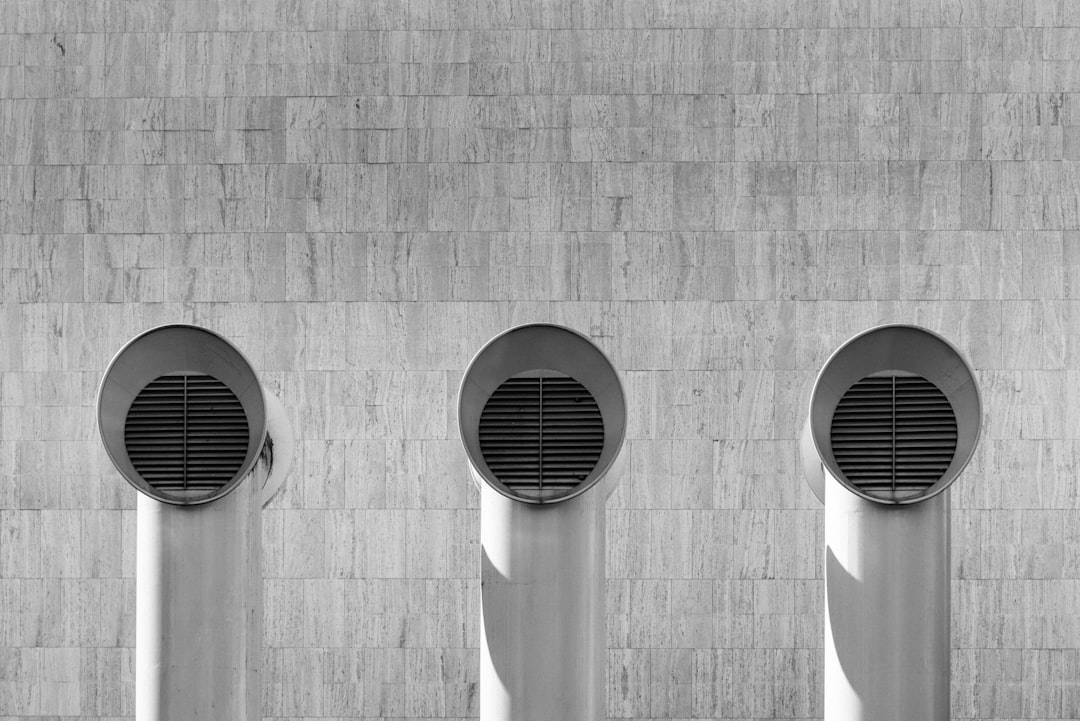
Energy recovery ventilators (ERVs) are promoted as essential efficiency upgrades, but they can increase energy consumption in moderate climates where natural ventilation would suffice. The Home Ventilating Institute’s 2024 climate analysis shows that ERVs in ASHRAE climate zones 3-4 often consume more energy than they save.
ERV systems require continuous fan operation to move air through heat exchangers, typically consuming 50-200 watts constantly. In mild climates like coastal California, the Pacific Northwest, and parts of the Southeast, this represents significant year-round energy consumption for minimal thermal benefit.
A case study from the Pacific Northwest National Laboratory tracked ERV performance in Portland, Oregon homes throughout 2024. The study found that ERV systems consumed an average of 1,200-2,400 kWh annually while providing thermal benefits equivalent to only 800-1,500 kWh in a climate where windows could provide adequate ventilation for 6-8 months per year.
Switching to Variable Speed Pool Pumps Without Proper Programming
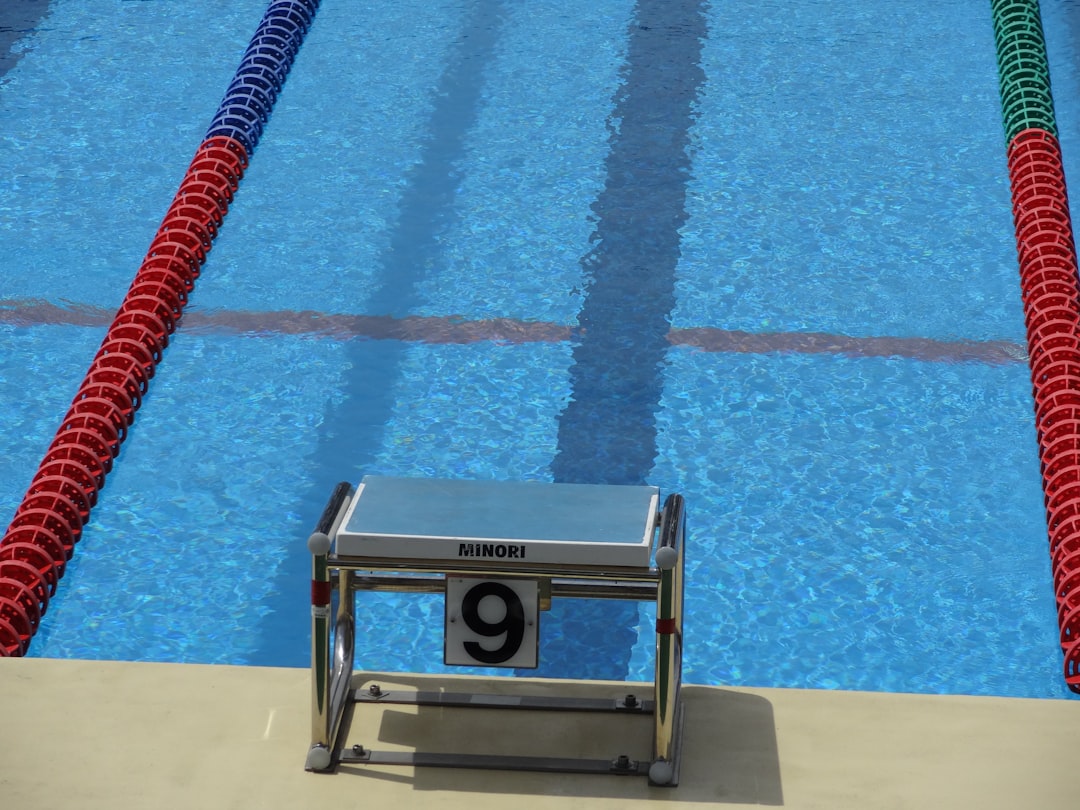
Variable speed pool pumps are mandated by efficiency regulations and promise dramatic energy savings, but improper programming often negates these benefits. The Association of Pool & Spa Professionals’ 2024 efficiency survey found that 58% of variable speed pump installations actually increased pool operating costs in their first year.
The issue stems from misunderstanding flow requirements and over-programming pump schedules. Many pool owners set their variable speed pumps to run longer at medium speeds, thinking this saves energy compared to shorter high-speed operation. However, total energy consumption often increases with extended runtime, even at reduced speeds.
Pool equipment manufacturers’ warranty requirements also contribute to increased consumption. Many require minimum daily runtime regardless of actual cleaning needs, and variable speed pumps often run additional cycles for features like spa jets, water features, and automatic cleaners that weren’t necessary with single-speed pumps. The California Energy Commission’s pool equipment analysis shows that improperly programmed variable speed systems can consume 15-25% more energy than the single-speed pumps they replaced.
